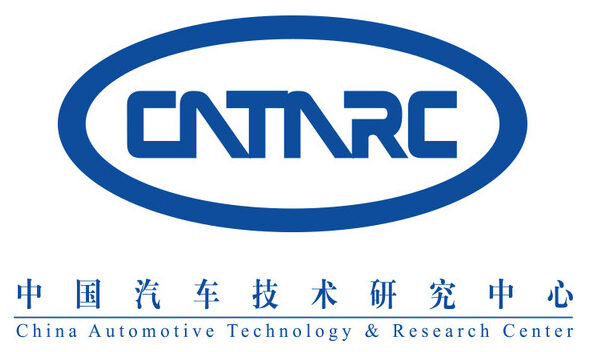Human Factors Research
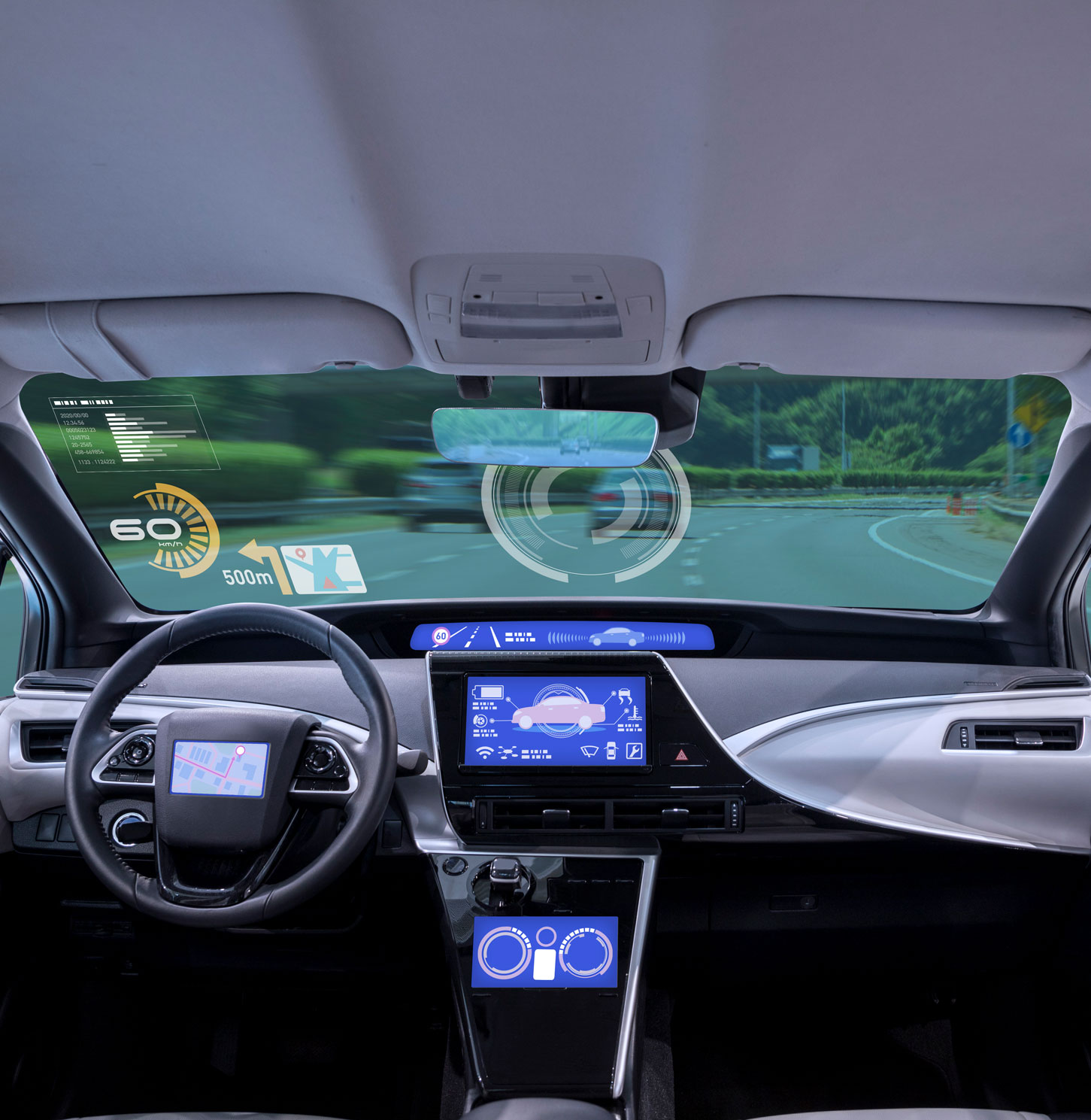
Dedicated to optimizing user experiences and enhancing safety
DRI’s highly experienced team of researchers takes pride in providing unparalleled understanding in human factors engineering. Using our advanced driving simulator research facility, California test track and local roadways we have delivered hundreds of comprehensive research solutions to clients across all sectors within transportation, including passenger vehicles, commercial vehicles, and motorcycles.
From ADAS and autonomous technologies to vehicle-to-vehicle communication and driver distraction studies, we are dedicated to optimizing user experiences, enhancing safety, and shaping the future of mobility.
We tailor our services and methodologies to your specific research project. Whether you need support identifying what questions to ask when designing or creating something new, want to improve an existing product or simply verify it meets the required standards, we’ll develop a bespoke solution to achieve your goals.

ADAS and autonomous technologies
Human factors studies play a pivotal role in enhancing the user experience and safety of ADAS and autonomous technologies. A key area of focus is the interaction between humans and automated driving systems, including handover (transition of control) after periods of automated driving. Understanding how and what information to relay to the driver is crucial to its successful adoption. By analyzing driver interactions, cognitive workloads, and interface design, we support OEMs in the development of systems that seamlessly integrate with human behavior. Through data-driven insights, we help optimize these technologies to improve user acceptance and safety.
Some of our customers

Driver distraction and driver state
At DRI we employ robust methodologies and advanced testing techniques, such as eye-tracking and heart rate monitoring to capture extensive data on the driver. This allows us to assess the intricate interactions between drivers and in-vehicle systems to identify potential sources of distraction and assess driver cognitive and physical states. This ultimately helps to inform the design of safer, more intuitive, and user-centric automotive interfaces.
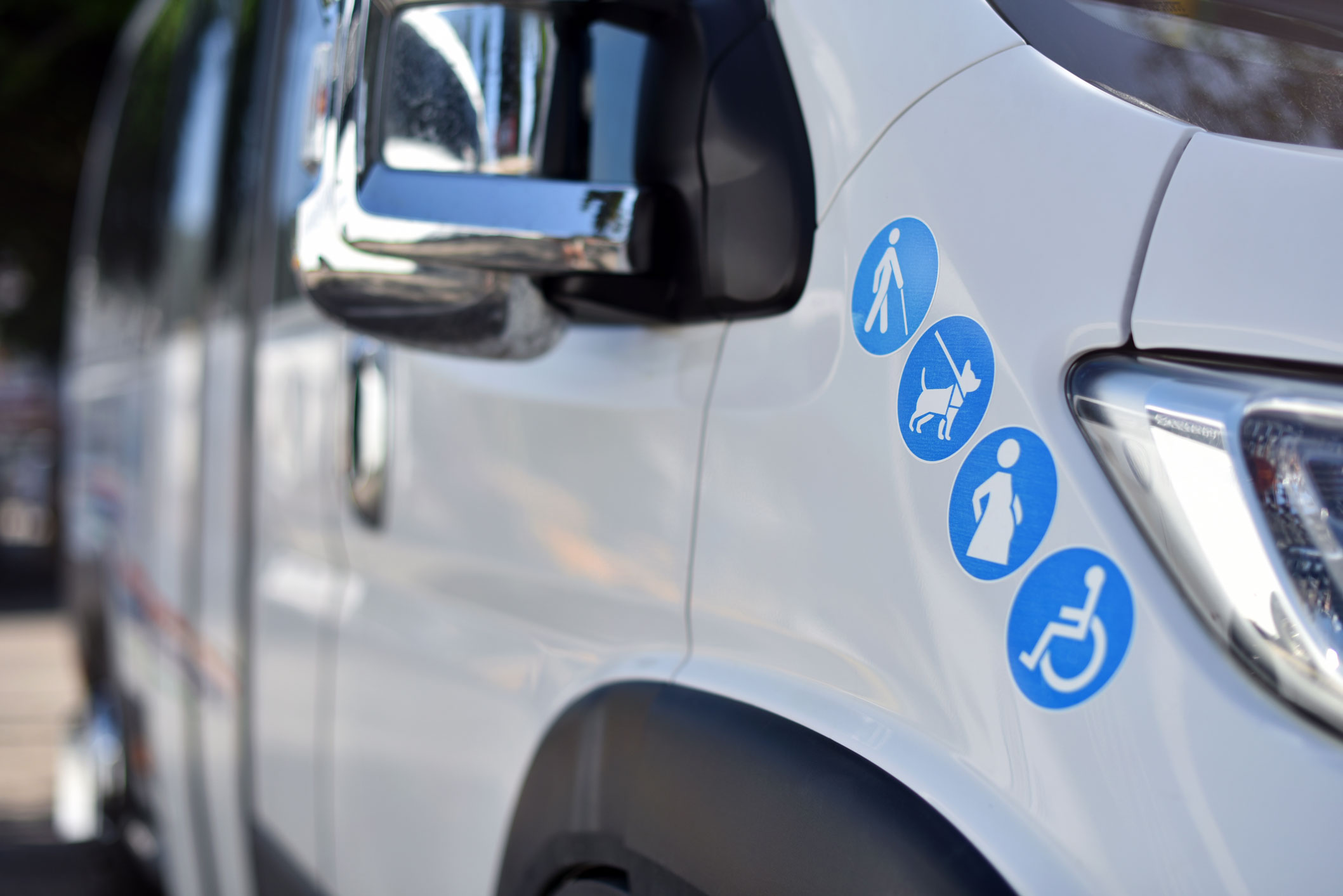
Improving accessibility and inclusivity
With thoughtful design decisions autonomous vehicles can provide the opportunity for the elderly and those with disabilities to experience similar levels of mobility as able-bodied drivers. Our research services can assist in providing you with the information you need to make sure interactions with AVs are inclusive enough to meet the needs of people with physical and sensory disabilities.

Vehicle-to-Vehicle (V2V) and Vehicle-to-Everything (V2X) communication
Connectivity will be a critical element in the move to a more autonomous future. Widespread adoption of V2V and V2X will result in a huge amount of information being transferred to the vehicle. Understanding what information to relay to the driver and how will be crucial to its successful adoption. DRI’s experienced team of researchers can help you evaluate your connectivity systems and optimize them for the best user experience.
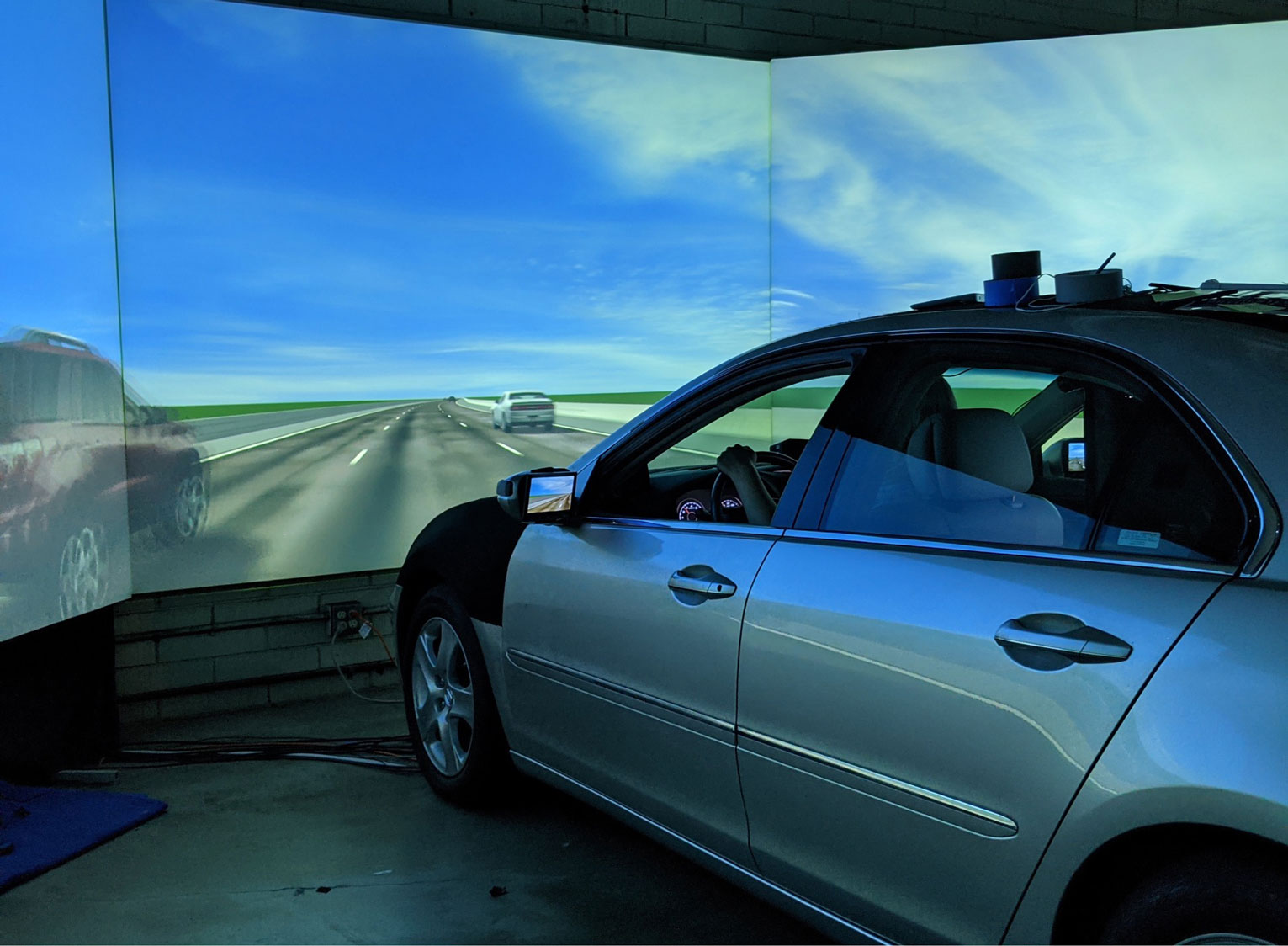
Research facilities
At DRI, we have both dynamic and static Driver-in-the-Loop simulators to recreate highly immersive study environments. In addition, with the approval of our Institutional Review Board we can also accommodate on-road testing, and our private test track provides a controlled environment for studies that are not appropriate for public roads.
These study environments are supported with the latest monitoring technology, which enables us to delve deeper into understanding driver or passenger physiological responses through the use of eye-tracking and human vitals monitoring including parameters including heart rate, EEG and skin responses.
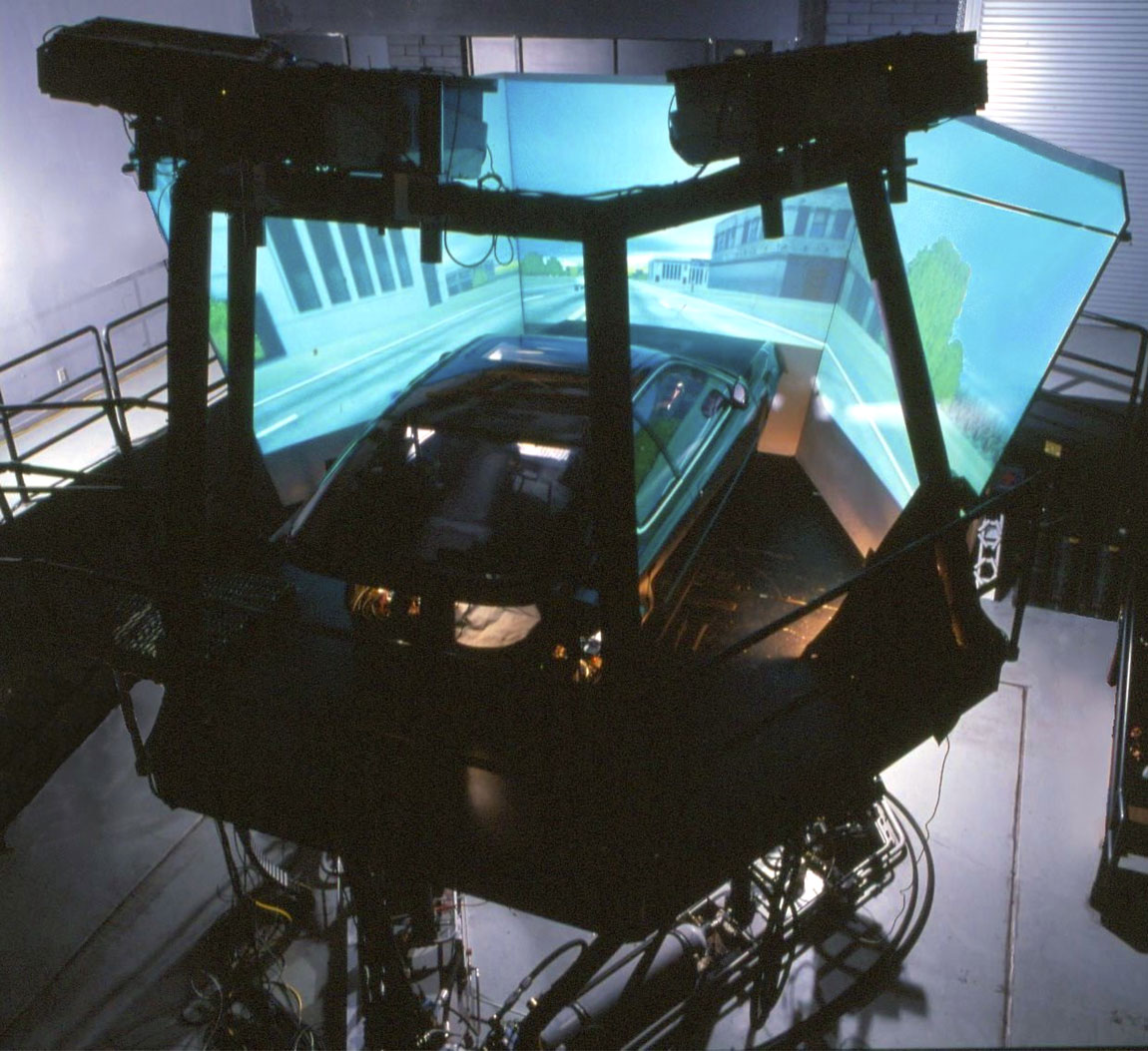
Some of our services
Below are some examples of the typical areas in which we offer services:
- Driver response and performance
- Product and technology problem solving
- Product development marketing evaluations and surveys
- Technical support with device standards and guidelines
- Technical consulting in product litigation activities
- User experience research and design
- Usability analysis
- Ergonomics evaluation
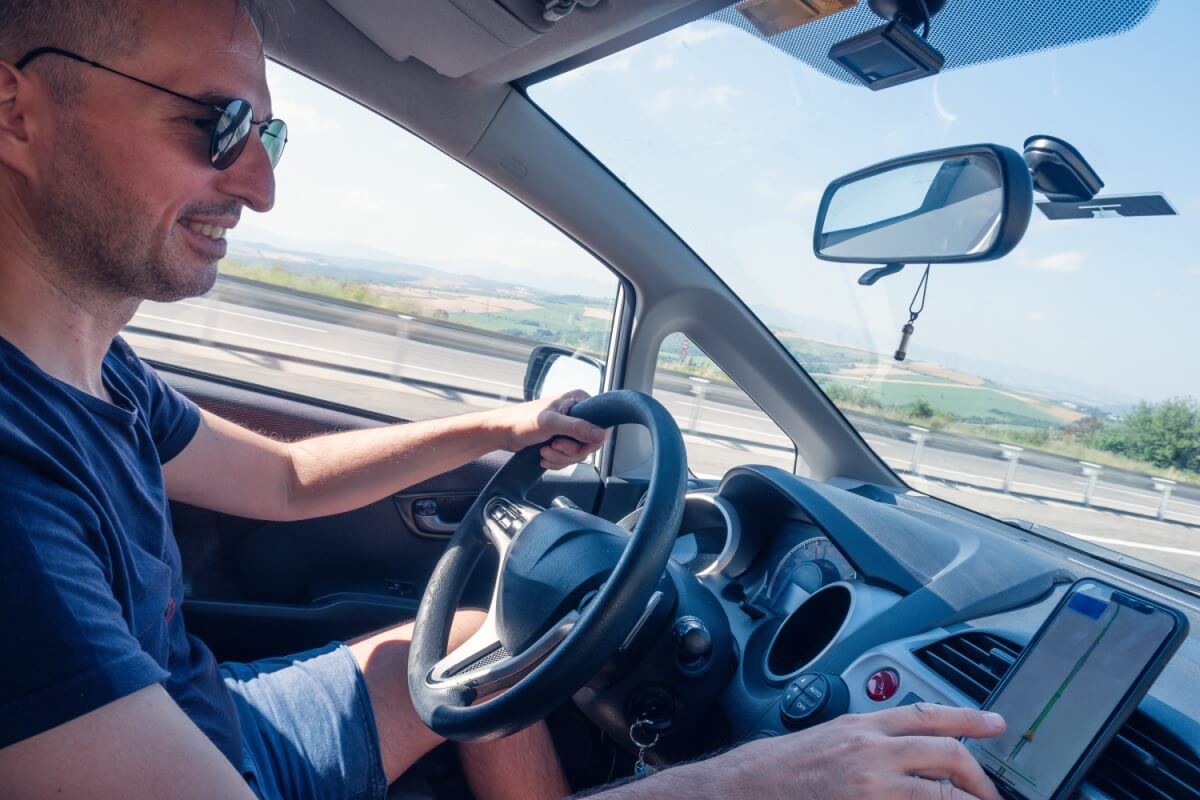
Some of our projects
The research team at DRI has completed hundreds research projects. The work we conduct with OEMs is usually confidential but below are just some examples of our published human factors work.
Advanced Crash Avoidance Technologies Program – Final Report of the Honda-DRI Team Volume I: Executive Summary and Technical Report
A Metric To Quantify Attentional Workload In Dual Task Driving Conditions
Application of a driving simulator to the development of in-vehicle human–machine-interfaces
Evaluation of a Pre-Production Head-on Crash Avoidance Assist System using an Extended “Safety Impact Methodology” (SIM)
A Study of Motorcycle Rider Braking Control Behavior
Driver-Vehicle Interfaces for Advanced Crash Warning Systems: Research on Evaluation Methods and Warning Signals
FAQs
Human factors engineering, also known as ergonomics or usability engineering, is a discipline that takes into account human strengths and limitations in the design of products, systems, and jobs. It aims to reduce human error, increase productivity, and enhance safety and comfort by improving theinteraction between the human and the elements of a system.
A human factors engineer can help to ensure that the vehicle is designed to accommodate the diverse range of human capabilities and limitations. They can help optimize the layout and functionality of the vehicle controls and enhance the readability and understandability of the dashboard displays, among other things.
Yes, a key part of human factors engineering in the transportation field is ensuring compliance with safety standards and regulations.
Absolutely, in-vehicle technology is a key area where human factors engineering can play a vital role. We can help to ensure that these systems are designed to be easy to use and understand, minimizing driver distraction while maximizing functionality.
Absolutely. By improving the design efficiency and reducing errors, human factors engineering can indeed help to cut costs. Better designs can lead to fewer product returns or repairs, reducing warranty costs. In addition, human factors studies can also serve as an important component of risk management, enabling a quantitative assessment of potential safety risks and mitigation strategies.
Data privacy and confidentiality are of utmost importance. We follow strict guidelines and regulations to ensure that all data collected during our studies is kept confidential and used solely forthe purpose of the project.
The transportation sector is a complex system that involves a great deal of interaction between humans and machines. This can often lead to human errors due to limitations in our physical and cognitive abilities. By implementing human factors principles in the design process, we can significantly reduce the risk of human error, improving safety, comfort, and user satisfaction.
Human factors engineering and user experience design share common goals. Both aim to improve user satisfaction and performance by designing products or systems that are in line with human capabilities and limitations. While UX design tends to focus on digital products, human factors engineering can apply to any interaction between humans and elements of a system, including physical products like vehicles. Our team is well-versed in both Human Factors Engineering and UX research and design.
The principles of human factors engineering can be applied to any type of vehicle, including commercial trucks, buses, motorcycles, bicycles, and even autonomous vehicles.
Yes, we have extensive experience with both. Electric and autonomous vehicles present unique challenges and opportunities in terms of human factors.
Yes, since our earliest projects our team has worked collaboratively with international customers. Human factors engineering principles are universal.
Drive innovation.
Rely on the experts.
Let us help.
"*" indicates required fields
Explore DRI’s accident research capabilities










